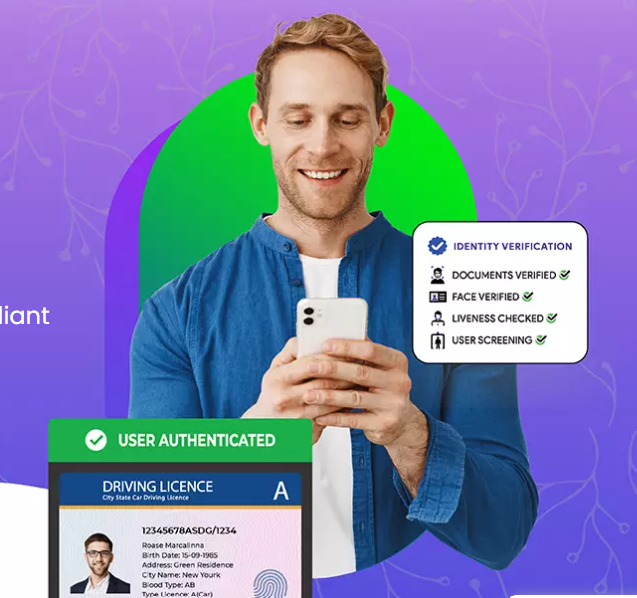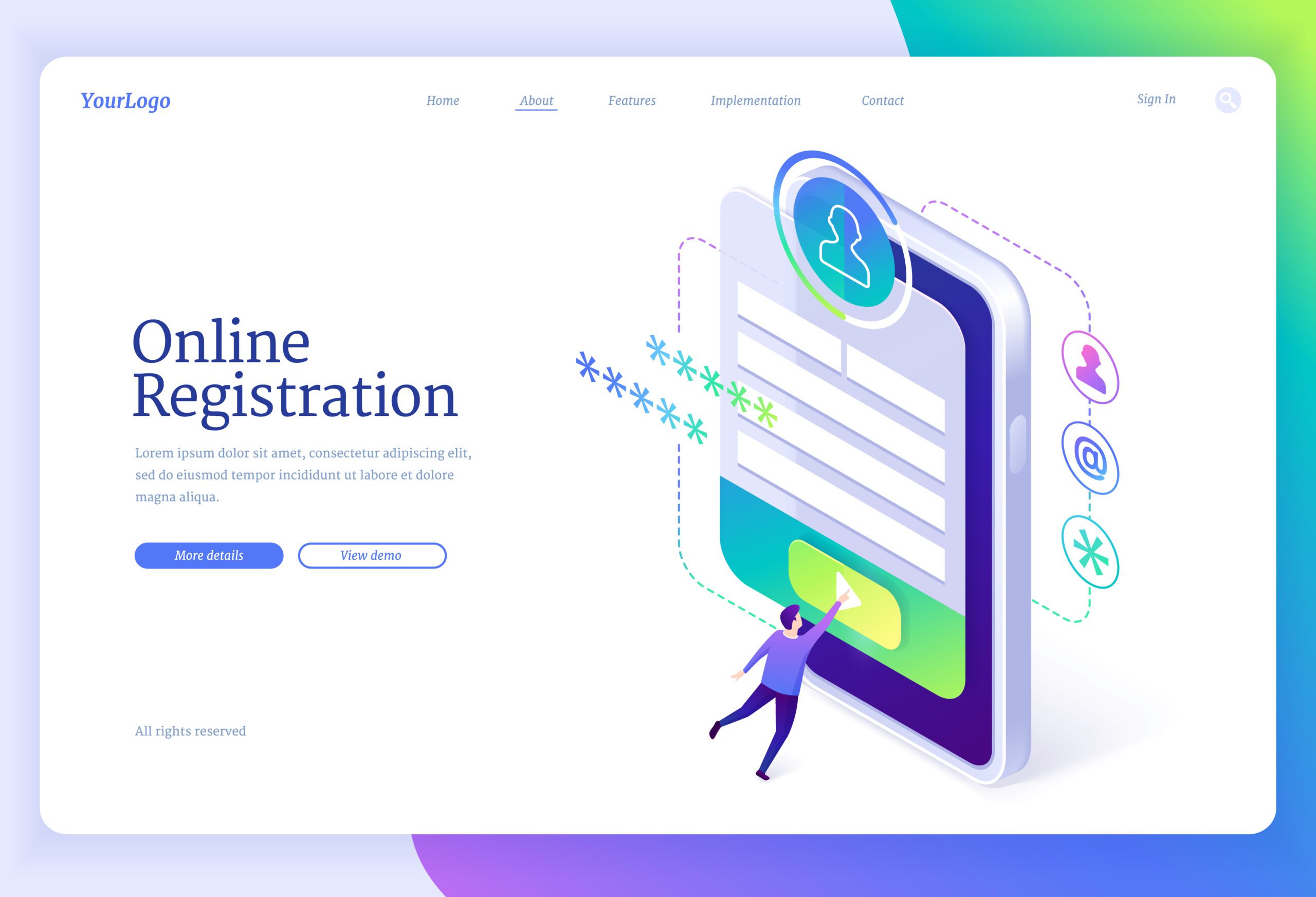In today’s digital landscape, security has become a paramount concern. Whether it’s accessing sensitive information, conducting financial transactions, or verifying identities, the need for robust and reliable security measures is more crucial than ever. Among the cutting-edge technologies addressing these concerns are NFC (Near Field Communication) identity verification and liveness checks. These technologies offer a seamless, secure, and efficient way to authenticate users, providing an essential layer of protection against fraud and unauthorized access.
Understanding NFC Identity Verification
NFC technology has revolutionized the way we interact with the digital world. Initially used in contactless payment systems, NFC has now expanded its application to identity verification. But what exactly is NFC identity verification?
NFC is a short-range wireless technology that enables communication between two devices when they are in close proximity, typically within a few centimeters. This technology allows for the secure transfer of data between devices, making it ideal for identity verification purposes.
When it comes to identity verification services, NFC can be used to scan and authenticate documents like passports, ID cards, and driver’s licenses that are equipped with an NFC chip. These documents store the individual’s biometric data and other essential information, which can be read by an NFC-enabled device, such as a smartphone or a dedicated scanner.
The process of NFC identity verification involves the following steps:
- Document Scanning: The user presents their NFC-enabled document to the scanner or smartphone.
- Data Extraction: The NFC chip in the document transmits the stored data to the scanning device.
- Verification: The extracted data is then cross-checked with the information stored in the system to verify the individual’s identity.
- Authentication: If the data matches, the individual is successfully authenticated; otherwise, the process is halted, preventing unauthorized access.
NFC identity verification is particularly beneficial in scenarios where secure and rapid authentication is required, such as airport security checks, online banking, and government services.
The Importance of Liveness Checks in Identity Verification
While NFC identity verification ensures that the data being used is authentic, it does not necessarily confirm that the person presenting the document is the rightful owner. This is where liveness checks come into play.
Liveness checks are an essential component of modern identity verification systems. They are designed to detect and prevent spoofing attacks by verifying that the individual presenting the ID is a real, live person, rather than a photograph, video, or mask.
There are several methods to perform liveness checks:
- Facial Recognition with Liveness Detection: This method involves the use of facial recognition technology combined with liveness detection algorithms. The system may prompt the user to perform certain actions, such as blinking, smiling, or turning their head, to confirm that they are a live person.
- Motion Analysis: By analyzing the natural movements of a person’s face or eyes, the system can detect signs of life. This method is effective in distinguishing between a live person and a static image or video.
- 3D Depth Sensing: This technique uses specialized cameras to capture the three-dimensional structure of a person’s face. The system can then verify that the facial features belong to a live person, rather than a mask or a two-dimensional image.
- Voice Recognition with Liveness Detection: In cases where voice authentication is used, liveness checks can be performed by analyzing the user’s voice for signs of liveliness, such as variations in tone, pitch, and inflection.
Liveness checks add an extra layer of security to NFC identity verification, ensuring that only the rightful owner of the document can successfully complete the authentication process.
The Synergy of NFC Identity Verification and Liveness Checks
When combined, NFC identity verification and liveness checks provide a powerful solution for combating identity fraud. By verifying both the authenticity of the document and the liveliness of the individual presenting it, organizations can significantly reduce the risk of unauthorized access.
This combination is particularly useful in industries where security is of utmost importance, such as finance, healthcare, and government services. For instance, in online banking, NFC identity verification can be used to authenticate the user’s ID, while liveness checks ensure that the person accessing the account is indeed the account holder.
Conclusion
As the digital world continues to evolve, so do the threats posed by cybercriminals. To stay ahead of these threats, it is essential to implement robust security measures like NFC identity verification and liveness checks. By leveraging these technologies, organizations can provide a secure and seamless user experience while safeguarding sensitive information from fraudulent activities. As the adoption of these technologies continues to grow, they are set to become a cornerstone of modern identity verification systems.



